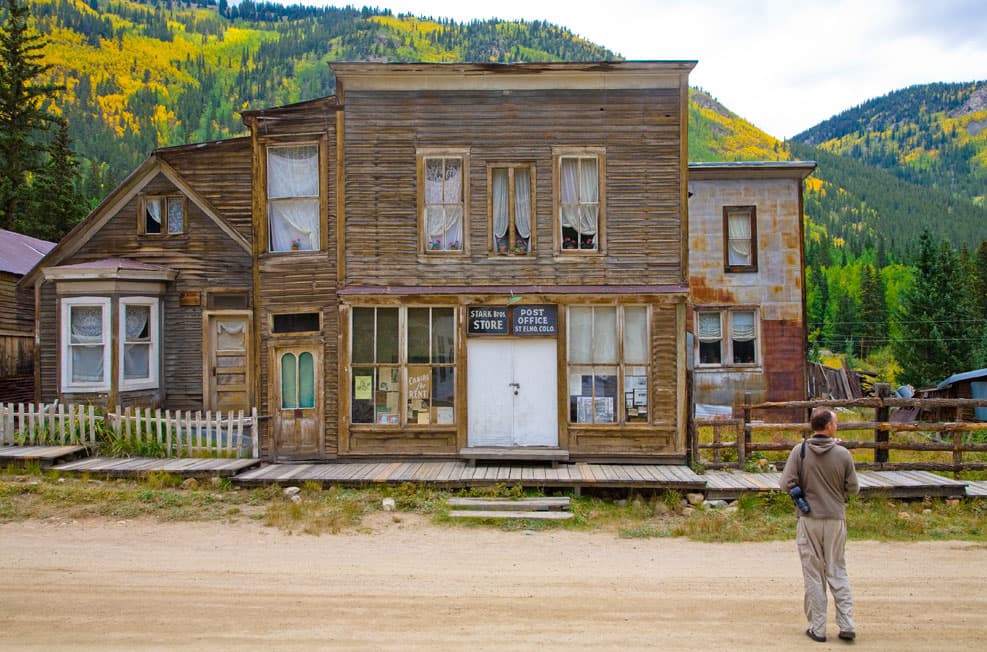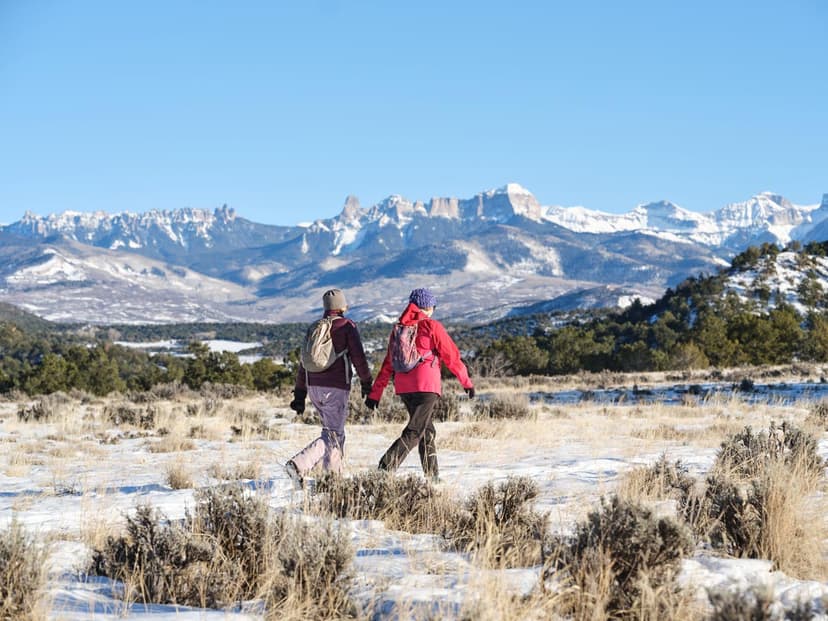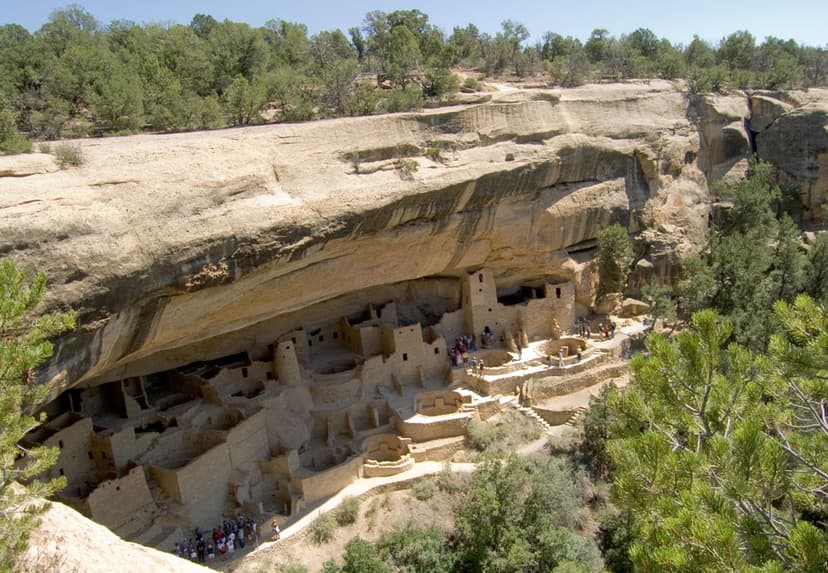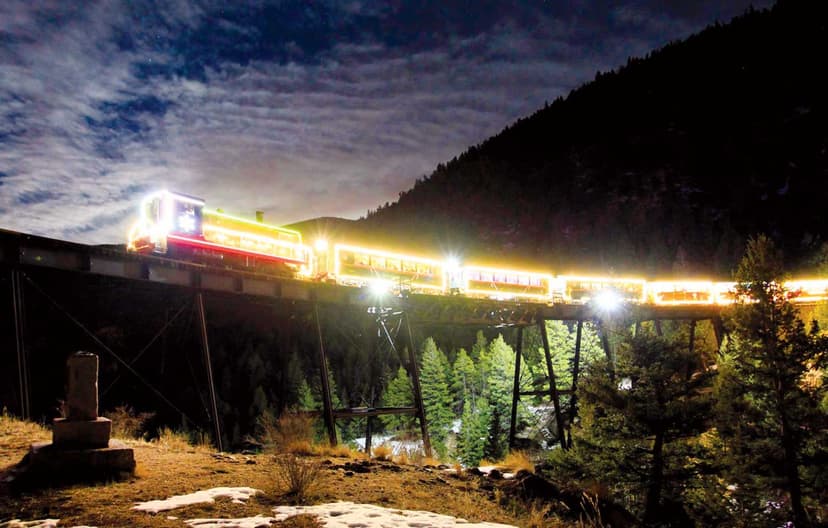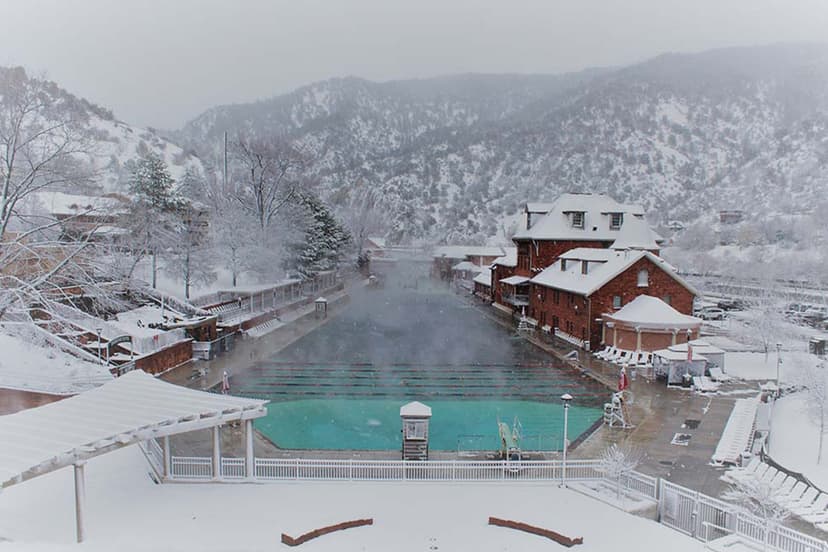Colorado’s mining boom put the state on the map as promises of riches brought gold-starry-eyed workers in by the droves.
Some of these towns, like Breckenridge, Leadville and Idaho Springs, remain some of Colorado’s most lively destinations to this day, while others became deserted ghost towns. Visiting these eerily quiet spots revives Colorado’s lucrative gold-rush era that bolstered — and built — the West.
Colorado Ghost Towns You Can Visit
Here are a few of the state's most accessible options, where there are still structures to see. These places offer a unique glimpse into the past, but be careful when exploring — many of the abandoned buildings are unsafe to enter, and may be privately owned or protected by a local or state historical society. As you explore these ghost towns, help preserve each site and pass the joy of discovery to others by leaving these areas as you found them.
Independence
Make the trip up to the first mining site in the Roaring Fork Valley, which sits close to 11,000 feet on Independence Pass. The steep, nail-biting passage was traversed by stagecoach travelers headed to or from Leadville and Aspen in the 1800s. Join a tour with the Aspen Historical Society to learn the legend of the Independence Gold Lode and how the last settlers escaped the short-lived town.
St. Elmo & Tin Cup
West of Buena Vista, St. Elmo is one of Colorado’s best-preserved ghost towns. With wooden storefronts and a dusty Main Street, it looks straight out of a John Wayne movie. You can get to St. Elmo in a regular car or by ATV, but after you explore a bit, make your way to the nearby town of Tin Cup. Infamous for its rowdy reputation, sheriffs didn't last very long here, and you can see echoes of their sorry fates lingering at the town cemetery.
Vicksburg & Winfield
North of Buena Vista in a steep clear-creek canyon, you’ll find the streets of Vicksburg lined with poplars planted by the original prospectors. Take in the changing colors as you tour the site, listening to an outdoor audio guide while learning about life at an 1800s mining camp. A little farther on this scenic route, you'll come to Winfield, where four of its log buildings remain, including the school and Ball Cabin, which serves as a museum with historic photographs and artifacts. Nearby, several historical mines are within walking distance of Winfield, as well as an abandoned fish hatchery.
Dearfield
The only all-Black settlement in Colorado was situated on the eastern plains in the town of Dearfield, east of Greeley. More than 700 African Americans settled here in the early 1900s, but the town died during the Great Depression and Dust Bowl years. Three buildings still stand: a gas station, a diner and the founder's home. Long neglected, attempts to preserve the site are now being undertaken by the Black American West Museum in Denver, with help from the National Trust for Historic Preservation and the History Colorado Center. To get there, take CO 34 east of Greeley about 25 miles and watch for the sign.
Carson
Visitors to Carson often think they’re the first to discover the high-altitude town when they see its undisturbed buildings and remote, tricky-to-get-to location near the Continental Divide. In addition to its harsh winters, Carson was also unpopular with miners because of its inaccessibility; it sits at nearly 12,000 feet. The best way to get to Carson is from Lake City on Wager Gulch Road via 4x4, bike or hike. Continue west of the divide and you’ll find the sister town of Old Carson.
Capitol City
Also near Lake City, 9 miles up the 4x4 Henson Creek/Engineer Pass road, George S. Lee dreamed of being Colorado's governor and making this silver-mining town — you guessed it: the state's capital city. In the 1870s, he built a mansion here, and the town featured hotels, saloons, a post office, other homes and more. Today visitors can still see the post office, a smelter stack and blankets of aspen trees and evergreens.
Animas Forks
One of the most well-preserved ghost towns in the western United States, Animas Forks offers a wealth of history. While several structures dot the alpine meadow, the staple feature of the town is the huge bay window in the two-story Duncan House. Local lore has it the mining heiress and owner of the Hope Diamond, Evalyn Walsh, wrote her biography here. Four-wheel drive is the best way to reach Animas Forks, or you can rent an ATV in nearby Silverton or Lake City.
Ashcroft
Once home to two newspapers, 20 watering holes, a school and many private homes, Ashcroft faded before the turn of the century. Only 10 miles from Aspen, in the scenic alpine meadows of Castle Creek, take a self-guided tour of a dozen or so buildings preserved by the Aspen Historical Society, including the jail, livery stable and a couple saloons.
